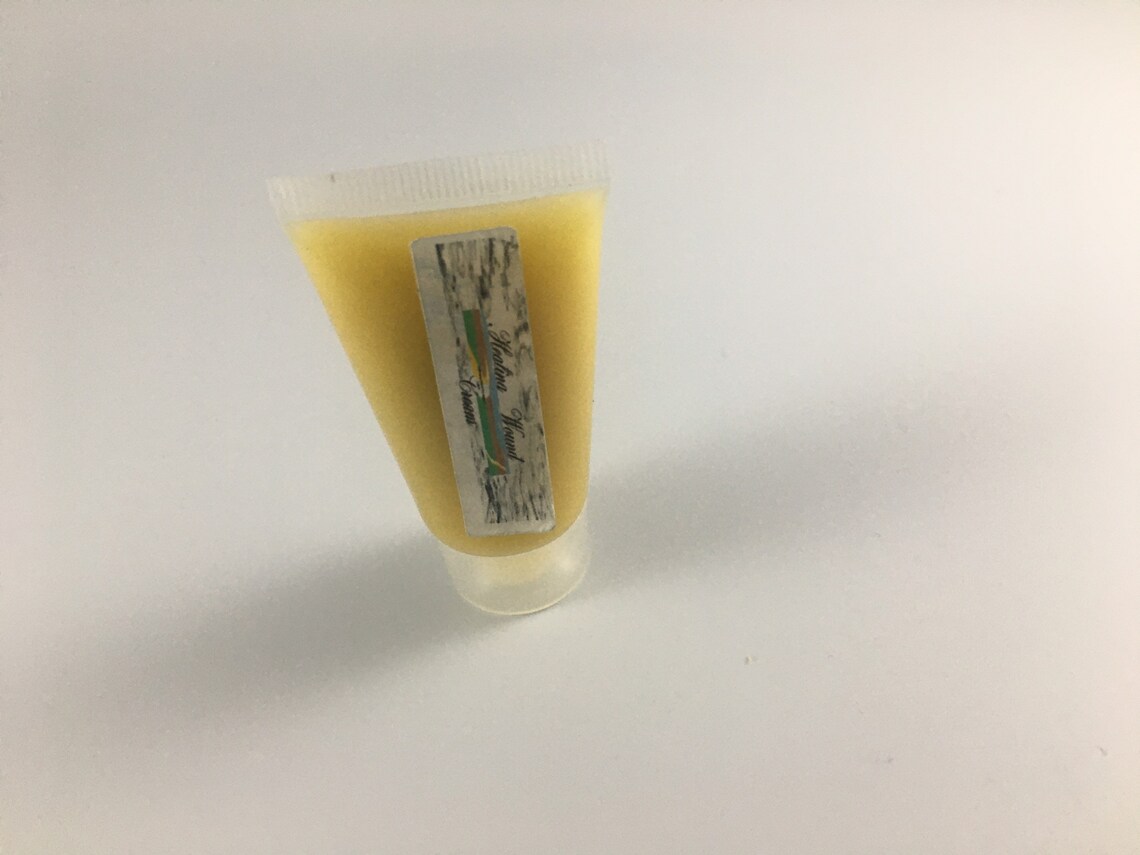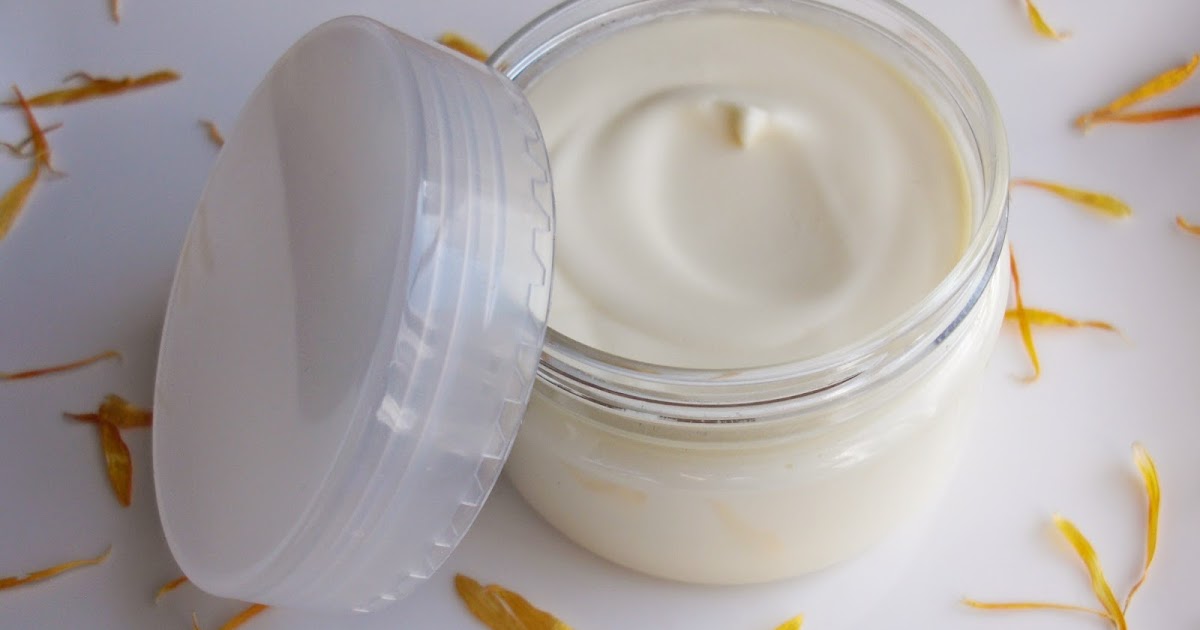

The venom is used in a number of ways and available in many forms. How is it used?Īpitherapy is an alternative medicine practice that uses bee products - including their venom - to treat and prevent illnesses, pain, and more ( 6).Īlthough bee venom has recently experienced a surge in popularity, bee-venom therapy has been used in traditional medicine practices for thousands of years ( 6).

Importantly, while research shows that some compounds in the venom may have beneficial properties, the isolated effects of each component are unknown, as many components have not been well studied ( 5).

Nevertheless, according to some research, the enzyme may also have anti-inflammatory and immunoprotective effects ( 4, 5).Īs you can see, the substances in bee venom have been associated with both positive and negative health effects. Although they act as toxins, they have been shown to possess anti-inflammatory and pain-relieving properties.Īdditionally, it contains phospholipase A2, an enzyme and major allergen that causes inflammation and cell damage. That said, it’s primarily responsible for the pain associated with bee stings ( 3).īee venom also contains the peptides apamin and adolapin. Melittin - a compound that consists of 26 amino acids - comprises about 50% of the dry weight of the venom and has been shown to have antiviral, antibacterial, and anticancer effects in some studies ( 1, 2). It contains both anti-inflammatory and inflammatory compounds, including enzymes, sugars, minerals, and amino acids ( 1). Bees excrete it through their stingers into a target when they feel threatened.


 0 kommentar(er)
0 kommentar(er)
